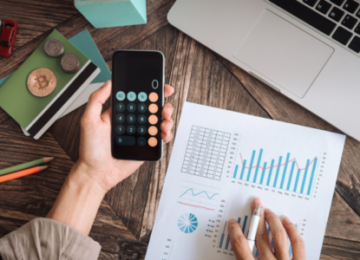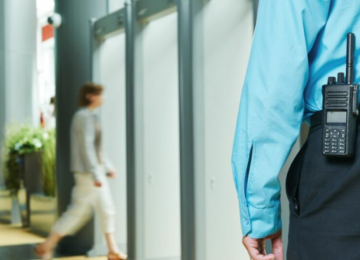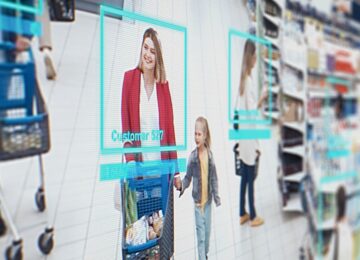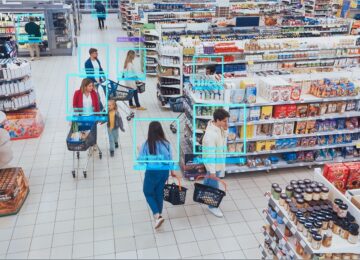Intelligent video surveillance solutions: A smarter way to prevent repeat theft
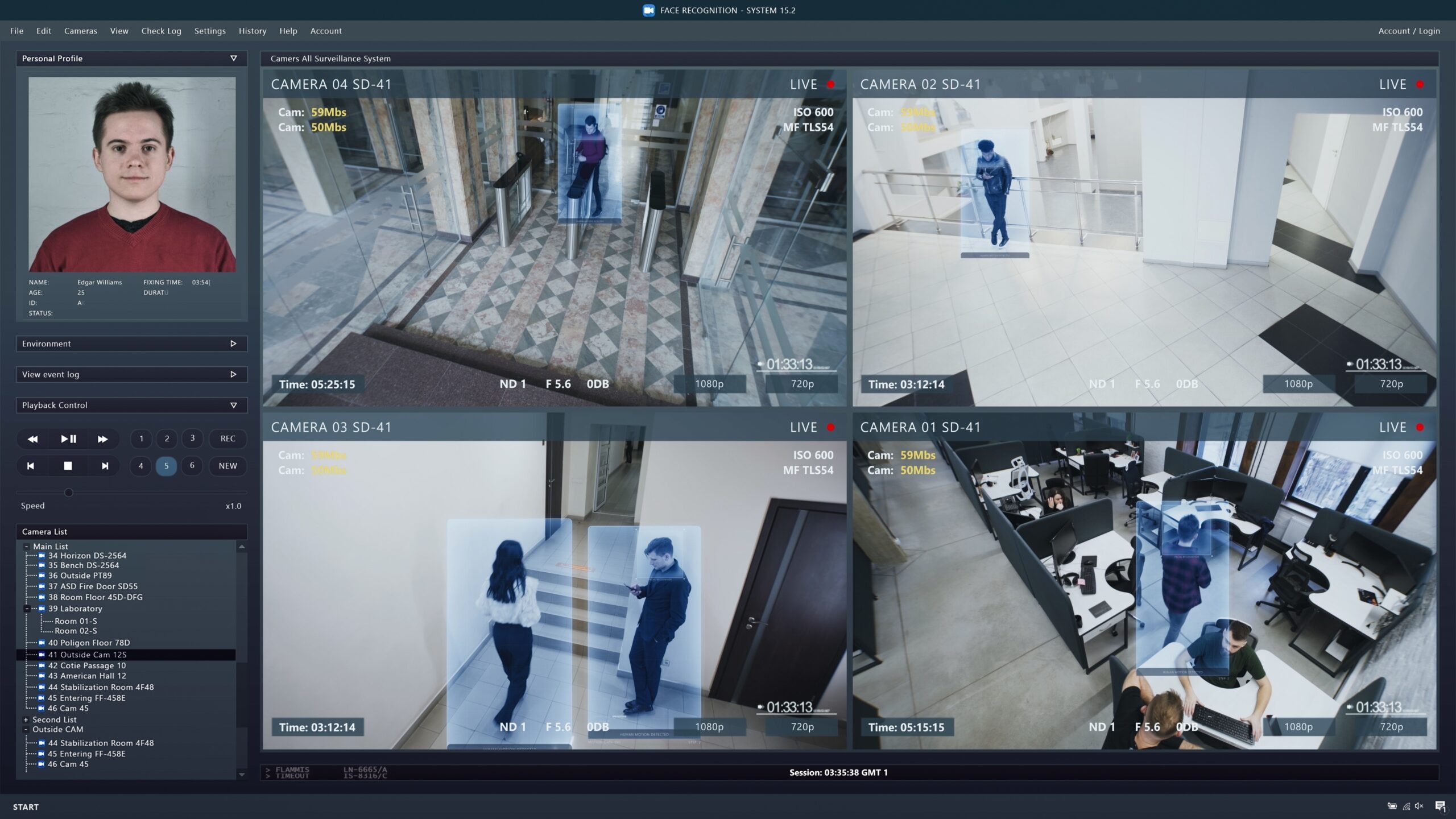
Most retail theft isn’t random. It’s repetitive, small, and quiet—often one premium item at a time slipped into a tote bag during a weekly grocery shopping trip. Traditional tools document isolated incidents. They rarely identify the behaviors behind recurring theft.
That gap leaves owners and regional managers reacting late, while store teams juggle administrative work that can cut into time with customers.
Intelligent video surveillance solutions change operations. By focusing on behavior and delivering timely, short alerts, they give store teams early visibility and calm ways to intervene—without adding headcount or replacing cameras.
The impact is practical: faster decisions on the floor, fewer missed shoplifting incidents, and steadier margins.
What makes intelligent video surveillance solutions smarter than traditional systems
Retailers don’t need more screens; they need timely alerts that lead to action. Intelligent video surveillance turns video data from multiple cameras into clear, practical alerts that fit the security system already in place.
Instead of “motion equals alarm,” the software applies object detection and AI-powered video analytics to gestures linked to shoplifting. The model looks at what hands, arms, items, and bags are doing, then sends a concise clip to the app if a suspicious gesture is detected.
Team members review in seconds, decide if it merits attention, and move on. This is real-time monitoring built to support the floor, not swamp it.
The on-the-ground experience is straightforward. Alerts typically arrive within seconds, so response times stay tight and interventions stay service-led.
Teams get the context they need, including timestamps and a ten-second clip, through a secure app with remote access on iOS, Android, and web. For a store-first overview, Veesion’s resource on AI video surveillance shows how gesture-based alerts work day to day.
The limits of one-size-fits-all security solutions
Traditional setups are reactive. Gates beep—alarms trip. Someone reviews hours of footage after the fact. With limited staff, the process misses patterns that develop across days—and the pressure lands on frontline teams who are already stretched.
Industry research reflects what store teams report. The National Retail Federation’s 2024 study with the Loss Prevention Research Council found a 93% increase in average annual shoplifting incidents in 2023 versus 2019, and a 90% increase in dollar losses over the same period.
Retailers don’t need more footage; they need early awareness. Catch small, repeat behaviors before weekly incidents compound into real losses.
How AI-powered analytics help retailers catch repeat offenders in real time
Moving from passive recording to AI-driven analytics changes what teams notice and when they act. The aim isn’t to identify who someone is. It’s to understand what they’re doing right now and highlight moments a team member should review.
Two frontline patterns come up again and again. First is tote-bag concealment during regular shopping.
Repeat offenders often place one high-value item at a time into a bag while adding a few small items to the basket to blend in. Second is what managers call “unpackaging in the aisle,” where packaging is opened quietly on the shelf and contents are pocketed. When advanced analytics flag those gestures, staff can step in early, offer help, and prevent theft.
Store teams consistently find that the clearest early signal is bag behavior. When AI-powered video analytics flag tote-bag concealment during a normal shop, the app sends an alert.
An associate takes a quick look, walks the aisle, offers help, and decides the next step. The interaction stays calm and service-led, and time spent on after-the-fact review goes down.
Operationally, each store has its own dashboard with event logs and clips. That keeps accountability clear.
A trained security agent can rotate across locations by switching to another store’s dashboard in the app and qualifying alerts as they arrive. It’s efficient coverage with one person, and it avoids retraining every team member for a new tool.
For readers weighing options, see Veesion’s explainer on intelligent video surveillance to understand how behavior-focused alerts support steady, earlier interventions.
Real results: Flexible solutions that deliver real theft reduction
Results tend to show up in everyday moments that compound. In one example shared by a store lead, a regular shopper was detected concealing expensive food in a tote bag.
The team reviewed the clip, had a calm conversation, and the behavior stopped. No confrontation. No late-night video hunt. Just a pattern interrupted.
Across formats—from groceries to convenience—owners report fewer missed incidents, faster engagement, and lower losses when the team works from timely clips instead of hours of recordings. Those outcomes align with broader trends documented by retail associations on both sides of the Atlantic.
There are secondary gains, too. Operational efficiency improves as managers spend less time reviewing footage and more time coaching.
Worker safety improves because earlier engagement keeps interactions lower-stress. And from a budget perspective, the approach is cost-effective: better results from existing cameras, no major rewiring, and no extra headcount.
Seamless integration with existing cameras and security infrastructure
Integration questions come early for every operator and IT lead. The good news is simple: smart analytics can work with the cameras stores already have. Most modern systems are built on common standards, which means different brands and generations of equipment can stay connected. Industry updates continue to make it easier for devices to work together, including improvements for cloud access and security.
In practice, implementation is straightforward. The AI layer runs alongside existing DVR/NVR equipment and multiple cameras, with remote access for setup and monitoring. Many deployments can be done remotely with minimal on-site time. From a store perspective, the experience stays simple: an alert, a short clip, and a few clear options.
For planning a rollout across locations, Veesion’s guide to retail store video surveillance is a practical starting point, and the primer on choosing a smart camera in retail offers clear tradeoffs for mixed estates.
Where analytics fit: Practical capabilities for busy teams
Different roles value different things. The system must flex to unique needs while providing consistency chain-wide.
The following capabilities help teams keep calm control of the floor:
- Real-time alerts tuned to gestures tied to concealment, which improve response times and keep interactions service-led.
- Advanced analytics that summarize when and where alerts occur, giving leaders situational awareness for staffing and planogram decisions.
- Light automation that trims manual review, then hands control back to people with options to save, share, or note an event.
- Alignment with existing access control and store policies, so the analytics layer stays focused on in-aisle behavior while doors and badges continue as usual.
- A Customer Success Manager who adjusts active gestures per camera and tuning over time—delivering maximum adaptability for evolving needs without adding IT lift.
- Governance references leaders know, including the U.S. National Institute of Standards and Technology’s AI Risk Management Framework, a neutral guide many enterprises use to deploy AI responsibly.
The aim isn’t to replace staff. It’s to enhance awareness so teams can stay present with customers and step in earlier, with confidence.
How repeat patterns get flagged without adding pressure
Repeat theft often looks like everyday shopping. A tote in the cart. A quick pause at a quiet shelf.
One high-value item disappears, then check out with a small basket. AI-powered video analytics and AI-driven analytics are tuned to see those gestures and enable a faster, safer response.
A typical flow looks like this:
- Real-time monitoring runs in the background, quietly analyzing feeds from multiple cameras.
- When patterns match a risk profile, an associate receives a short clip.
- The associate walks the aisle, offers help, and reads the situation. Most interactions stay low-key.
- If needed, the manager saves the clip for documentation. Over time, counts by hour and aisle produce simple analytics that inform scheduling and display changes.
The result is gentle control of the sales floor—more coverage with the same staff. Fewer late-night video pulls. And steadier outcomes across stores.
Guardrails that matter to leaders and IT
Retailers want performance, predictability, and a clear path to scale.
These principles support that:
- Privacy by design: The approach focuses on gestures and purpose-limited events. Data handling follows recognized governance practices rather than collecting more than the store needs.
- Standards first: Open interfaces like ONVIF reduce lock-in and help sites add cameras over time without re-architecting.
- Risk management: NIST’s AI Risk Management Framework (AI RMF 1.0) gives teams a shared language for decisions, training, and review.
- People at the center: Retail associations continue to document higher incident counts and the human toll of late interventions—making the case for tools that keep stores calmer and safer.
Together, these principles create a foundation where technology supports people, not the other way around. By aligning privacy, standards, governance, and human impact, retailers can adopt intelligent video solutions with confidence—knowing the tools are practical, responsible, and built to keep both staff and customers safe.
A smarter finish line: Stop the pattern, not just the incident
Retailers don’t only need to respond to theft. They need to recognize the pattern and stop it early.
Intelligent video surveillance solutions help by reading gestures tied to concealment, delivering actionable insights in real time, and fitting the current stack without disruption. The approach is cost-effective, scalable, integrated, and built to enhance store operations and safety—without adding pressure to teams.
Want to see how this would look in your aisles, with your cameras and policies? Request a personalized demo with our team.
Les plus populaires
Nouvelles liées
Découvrez ce que Veesion peut faire pour vous
Vous avez un ou plusieurs magasins ? Notre équipe revient vers vous dans les 48h.
